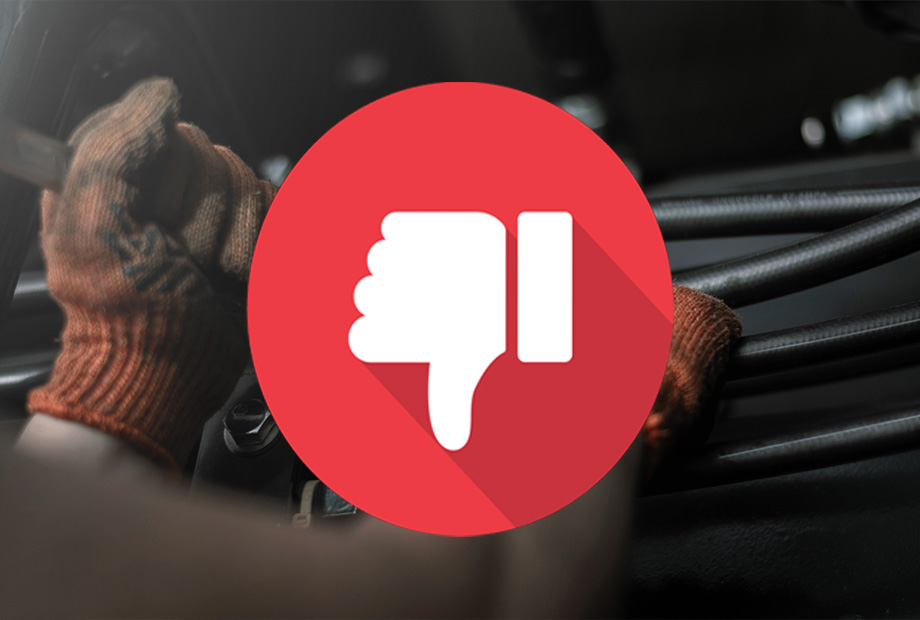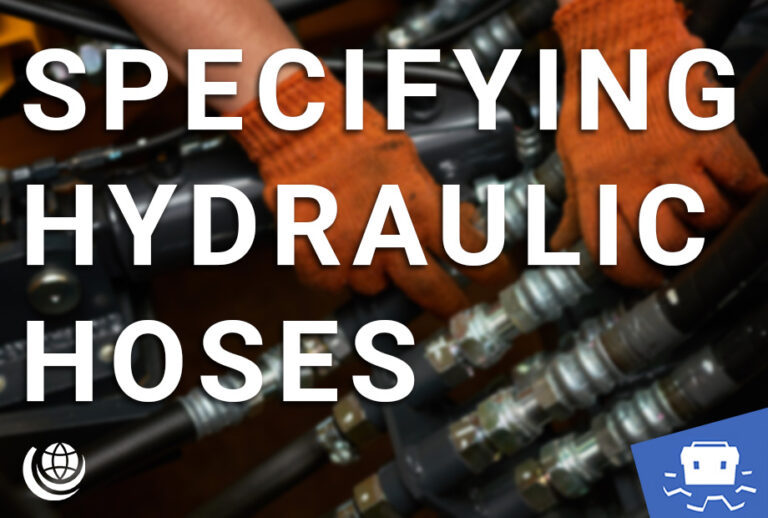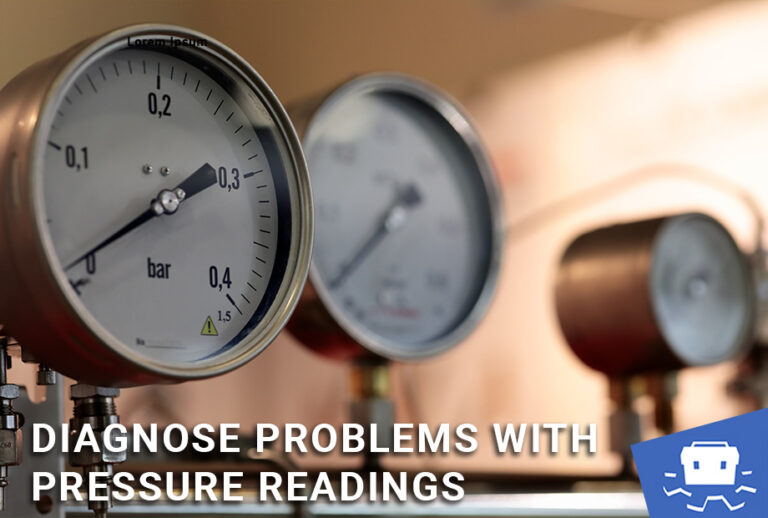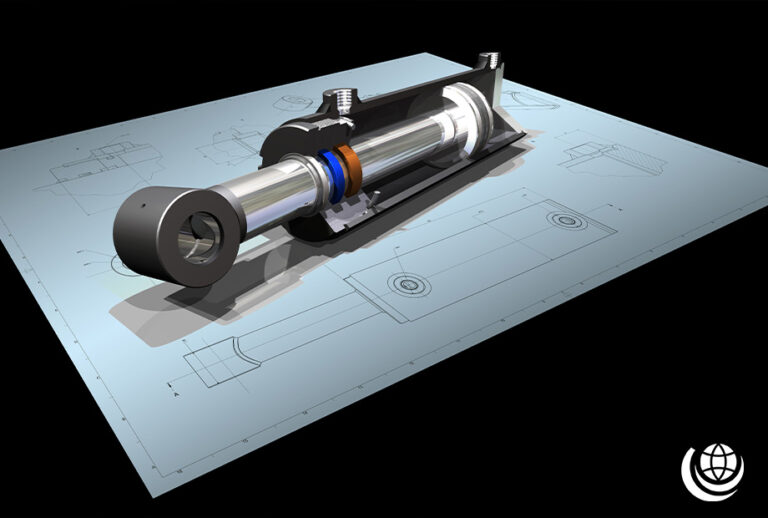Best Practices When Fitting Hydraulic Tubing and Hoses
Installing hydraulic tubing isn’t just about tightening fittings – it’s a precision task that impacts safety, system performance, and long-term reliability. These tips will help you get it right:
Key Do’s for Clean Fitment and Long-Term Performance
When working with hydraulic tubing, precision and planning matter. These essential “do’s” help prevent deformation, pressure loss, and future leakage while maximising reliability and system efficiency:
- Use light cuts to avoid distorting tube ends – especially important for achieving proper sealing surfaces
- Ream tubing strictly to remove burrs, not to enlarge or reshape the internal diameter
- Follow manufacturer specs for flaring tools to prevent improper flare angles and connection failures
- Prefer bending over fittings where possible; this reduces pressure drop and flow turbulence. The bend radius should be at least 3× the inside diameter – larger is even better
- Sketch your tubing route in advance to avoid wrinkles, flattened bends, or inefficient flow paths. Use tubing with the right temper to maintain form during bending

- Use power equipment for heavy wall tubing – cutting, deburring, flaring, and bending require force and consistency. Most flares are swaged to a standard 37° angle for optimal seal fit
Hydraulic Tubing Don’ts: Avoid Costly Mistakes and Connection Failures
Attention to detail during hydraulic tubing installation can make or break system reliability. These “don’ts” highlight what to avoid to protect tubing integrity and ensure leak-free performance:
- Avoid heavy cuts on thin-walled tubing – aggressive cutting can deform the tube end, leading to poor sealing and compromised fitment
- Don’t over-ream tubing – excessive reaming weakens the wall and increases the likelihood of connection failure under pressure
- Never allow chips to remain inside the tube – once bent, trapped debris is hard to remove and may obstruct flow or contaminate fluid
- Don’t over-tighten the flaring tool’s feed screw – this can wash out or split the flare connection, leading to fluid leakage and pressure loss

Hydraulic Tubing Done Right
When it comes to hydraulic tubing, getting the small details right delivers big results. From clean cuts and precise flares to avoiding common installation mistakes, each choice impacts system safety, reliability, and long-term efficiency. By following these do’s and don’ts, you’ll reduce leaks, pressure loss, and unexpected downtime – keeping your hydraulic system running at peak performance.
We’re your go-to hydraulics hub – thousands of possibilities, one trusted team. How can we support you today?
Discover more Free Educational Content from our Fluid Power Technical Knowledge Hub…
Specifying Hydraulic Hoses
Hydraulic hoses aren’t just accessories – they’re critical to the safe and efficient operation of any hydraulic system.
From fluid compatibility to pressure ratings and installation practices, careful attention to hose specification ensures long-term reliability and performance.
Learn moreUsing Pressure Readings to Diagnose Problems
Pressure and flow behave differently across hydraulic system types – and those differences matter when troubleshooting.
This guide explains how to interpret pressure readings in series and parallel circuits, helping you pinpoint unexpected flow paths, pressure drops, and component faults with confidence.
Learn MoreThe Vital Role of Hydraulic Cylinder Seals
Hydraulic cylinder seals are essential for converting fluid power into linear motion – and for keeping contaminants out.
This guide explores how seal design, material choice, and installation impact system performance, and how failures can lead to costly damage if overlooked.
Learn More





